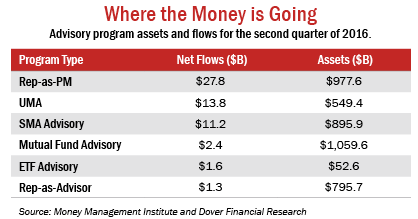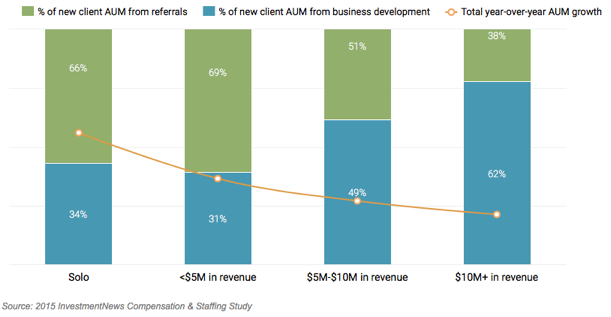Time to review my Top 10 predictions for 2016. It was an interesting and unpredictable year, and my picks kind of followed that pattern – some good, some not so good. Analysis follows each prediction.
10 – Hillary Clinton will be elected to be the next President of the United States, beating Republican nominee Marco Rubio. She will be able to withstand the continued scrutiny over her e-mails, and despite the fact that many people will not be excited voting for her, the Republicans will have alienated too much of the electorate with their emphasis on social issues and overturning Obamacare. (Trump will not run as a third party candidate. At some point, he will get frustrated and quit, and justify it by saying he can make more money in the private sector!) I can’t imagine too many people got this one right. Even up until a few weeks ago I felt pretty confident about being half right. I was not the only person to underestimate the anger and division within the country. Clinton compounded the problem by running an uninspired campaign.
9 – The Republicans will retain a majority in the House of Representatives, but the Democrats will retake the Senate, though fall far short of the 60 seats needed to enjoy a super majority. The result will be more gridlock, but that is a 2017 issue. There will still be gridlock because the Republicans don’t have a veto proof majority of 60 in the Senate, but I do think if the Democrats become obstructionists, the Republicans may do what the Democrats did a few years ago and legislate that rule out too.
8 – President Obama will continue to go around the Congress with a number of Executive Orders, but the Supreme Court will uphold the illegality of his Order on immigration. He will also not be able to successfully close Guantanamo Bay before his term in office is over. Got this one right! I think Trump will reverse many of his Executive Orders in short order.
7 – ISIS will continue to wreak havoc in the Middle East and the world, despite increased bombing by the U.S. and its allies, and the U.S. will get drawn further into the battle. ISIS may lose land, but their global influence will increase, as will terrorist activities outside of the Middle East, including here in the U.S. There will be no leadership change in Syria. Got this one kinda right, as ISIS has exported its terror to the West. Still a lot of uncertainty of how this will all end up as the Iraqi army has done better than expected. Yup, still dealing with Assad.
6 – Russia’s global influence will continue to grow, as Putin aggressively props up the Assad regime and works to counteract the U.S. and its allies in the fight against ISIS. Tensions with NATO and Turkey in particular will increase, but Putin will stop short of provoking any military confrontations. Three in a row! Putin is probably pretty sad to see Obama go, as he has definitely expanded his influence over the past eight years.
5 – The U.S. economy will continue to grow at a modest rate – in the 2% to 3% range, and inflation will remain tame. This modest growth will allow the Fed to tighten 3 times, but these will be small 0.25% increases and the Feds’s overall stance will remain dovish. The economy did grow about as I expected, but the Fed held tight on interest rates, mostly because of volatility at the beginning of the year and then global uncertainty as the year wore on. The Fed certainly remained dovish!
4 – The continued strength of the U.S. dollar (as European and Asian Central banks remain accommodative in their monetary policies), and the continued weakness in the price of oil, aided by new supply from Iran coming on the market, will continue to hurt profits of U.S. companies and will put a cap on the stock market. The market will be down 2% – 3% for the year. Missed this one. Despite the dollar and oil, the market behaved better than expected, certainly after the first six weeks of the year. U.S. companies also become more productive, so corporate profits are on rebound again.
For the financial services industry:
3 – ETFs will continue to come under increased scrutiny, following a tough 2015. Because we will be in a flat market, active management and stock picking will outperform, and I would not be surprised to see another ETF-induced selling panic, followed by a lot of negative press over the growing influence of ETFs. ETSs did come under some scrutiny, but things were not as bad as I thought that they would be. The active v. passive debate remains in full force, yet to be decided!
2 – Consolidation in the asset management industry, which was slow throughout most of 2015 before picking up at the end of the year, will continue and actually accelerate. There may also be a few large deals among the B/Ds as overall industry consolidation increases in the face of a second straight tough year in the stock market. There was consolidated among money managers, but less so among B/Ds, as the market rally continued. Fears and costs of the proposed Fiduciary Rule did have some impact (more on that to come this year.)
1 – And of course, some sports predictions: The Rio Olympics will be plagued by problems, in part a result of the political and economic turmoil plaguing the Brazilians. It will go down as the most poorly run and executed olympics in history. The Patriots will make it two in a row, overcoming all of their injuries and beating the Cardinals in the Super Bowl. Golden State will easily repeat as the champions of the NBA, and Alabama will beat Oklahoma for the college football national championship. The Rio Olympics went off better than I expected, and the biggest debacle was actually Ryan Lochte and friends! Kudos to the Brazilians, although the contrast between the Olympic venues and the abject poverty in the country did shine a light on whether the Olympics are really worth the expenditure. Missed the Super Bowl – didn’t see the Broncos coming; although things might have been different if the Pats hadn’t “thrown” the game in Miami and lost home field advantage. Alabama did win the National Championship (over a different opponent), and I could not be happy that I was wrong about the NBA. GO CAVS! You can take the boy out of Cleveland, but you can’t take the Cleveland out of the boy.

